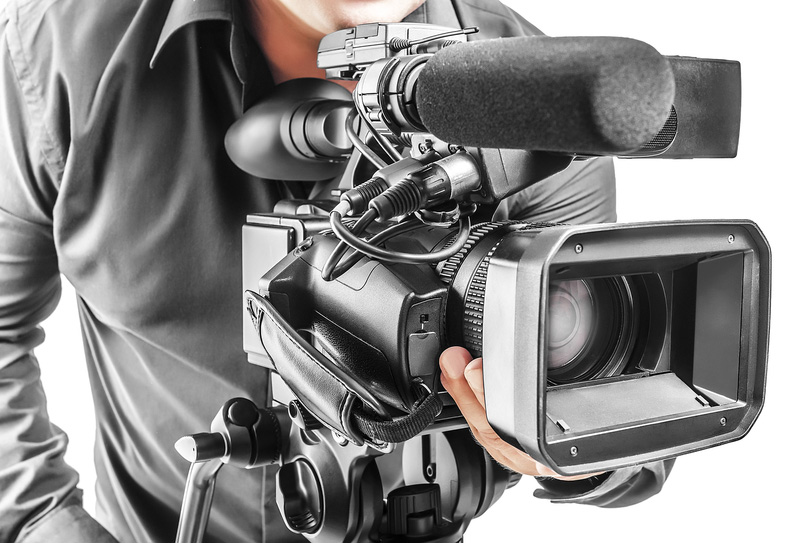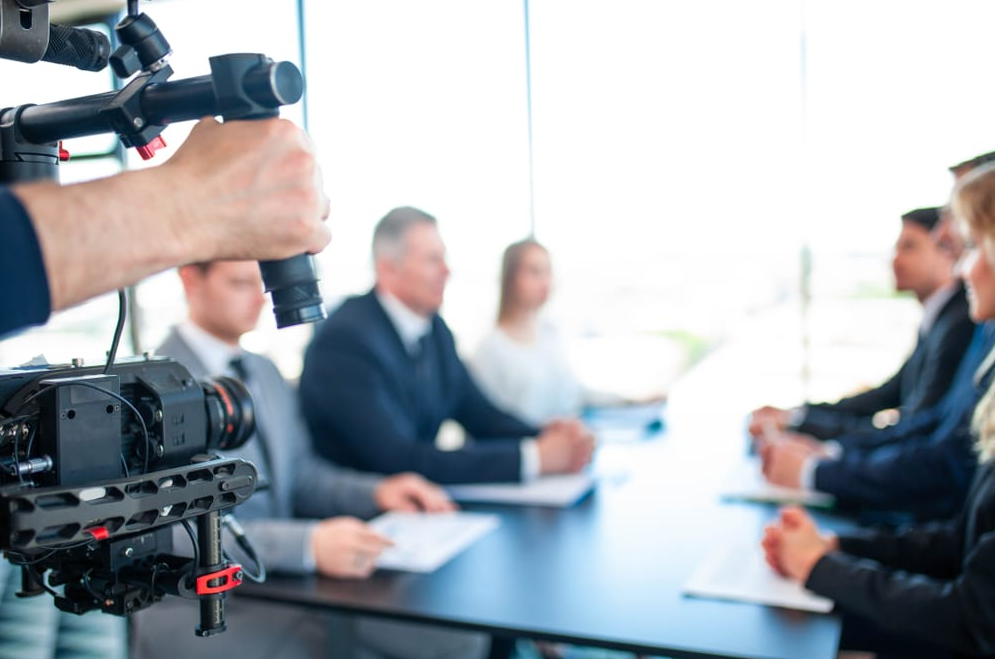Legal Videography: Transforming the Means Evidence is Caught and Offered
Legal Videography: Transforming the Means Evidence is Caught and Offered
Blog Article
Exploring the Systems of Legal Videography: Unveiling Its Operation in Shielding Authentic Aesthetic Testimony for Judicial Procedures
In the world of judicial procedures, the role of lawful videography stands as a foundation in protecting and offering visual evidence. As modern technology proceeds to advance, the devices behind lawful videography have become significantly intricate, using an essential layer of credibility to statements recorded on video clip. By diving into the functional complexities of lawful videography, one can discover the careful processes that protect the integrity of visual evidence offered in court rooms - Legal Videography. This exploration not just clarifies the historic advancement of lawful videography but likewise means the future fads that may further reinvent just how visual statements are upheld in the world of justice.
Historic Advancement of Lawful Videography
Checking out the historic development of lawful videography discloses a considerable improvement in the capturing and discussion of aesthetic proof within the legal landscape. In the past, legal procedures heavily relied upon written records and photos to document occasions and offer evidence. With the introduction of video innovation, the legal market experienced a standard shift in just how aesthetic testament was caught and presented.
The evolution of lawful videography can be mapped back to the late 20th century when improvements in video recording tools made it extra accessible for usage in courtrooms. This technical improvement not only enhanced the precision and dependability of aesthetic proof yet additionally reinvented the method instances existed to courts and courts (Legal Videography). Attorneys started to recognize the convincing power of video clip recordings in conveying feelings, subtleties, and non-verbal cues that created photographs or transcripts alone might not catch properly

Technology Innovations in Video Paperwork
What crucial technical improvements have changed video paperwork in the lawful field? The legal area has seen considerable developments in video clip paperwork innovation that have actually improved the credibility and dependability of visual evidence in judicial process. Among the key innovations is high-definition (HD) video clip recording capacities, which supply crystal-clear pictures and sharp details that are important for accurately capturing testimonies, facial expressions, and various other visual cues. In addition, the assimilation of timestamping and metadata features in video clip documents devices has enabled accurate paperwork of when and where the video was videotaped, making certain the stability of the proof presented in court.
In addition, improvements in video security and watermarking modern technologies have strengthened the security and tamper-proof nature of video proof, securing it versus unapproved modifications or tampering. Additionally, the development of cloud storage space solutions and remote gain access to capacities has streamlined the storage space, access, and sharing of video clip proof, helping with seamless partnership among legal specialists and making sure efficient access to vital visual testimonies when required. These technical improvements in video documentation have undoubtedly transformed the legal area, boosting the accuracy, reputation, and admissibility of aesthetic proof in judicial process.
Function of Legal Videographers in Courtroom Setups
The evolution of video documentation modern technology in the legal area has news actually required an essential role for legal videographers in courtroom setups, guaranteeing the honesty and dependability of aesthetic statements provided during judicial process. Lawful videographers play a fundamental duty in recording and protecting precise aesthetic proof that can be critical in litigation. Their responsibility encompasses establishing devices, recording procedures, and producing high-quality video clips that properly reflect the occasions in the court room.
In court settings, legal videographers need to follow stringent standards and criteria to preserve the authenticity of the visual document. They need to have a keen eye for detail and an extensive understanding of lawful treatments to ensure that the video they capture is a real representation of the occasions that transpired. Furthermore, lawful videographers typically function very closely with lawful teams to guarantee that the video proof lines up with the instance's requirements and can be properly offered in court to support the lawful debates being made. In general, the role of legal videographers in court room settings is crucial in maintaining the concepts of justice and guaranteeing the openness of lawful process.

Ensuring Admissibility and Integrity of Video Clip Evidence
To maintain the reliability of aesthetic proof presented in lawful process, guaranteeing the admissibility and honesty of video clip evidence is a vital obligation for legal videographers. Admissibility refers to the approval of proof by the court, and for video clip proof to be permissible, it must satisfy particular standards. Legal videographers play a vital function in guaranteeing that the videos they record abide with the guidelines of proof, such as relevance, authenticity, and reliability.
Stability of video proof more information includes preserving the creativity and accuracy of the footage from the time it is taped till it is provided in court. This consists of firmly storing the video clip documents, recording the chain of wardship, and preventing any tampering or alterations. Lawful videographers have to adhere to stringent procedures to assure the integrity of the video evidence and stop any difficulties to its credibility.
Future Trends in Legal Videography
Offered the boosting dependence on technology in lawful proceedings, legal videographers are poised to welcome innovative advancements forming the future of aesthetic testimony capture and discussion. Among the noticeable trends imminent is the combination of digital truth (VR) and enhanced reality (AR) technologies into lawful videography. These modern technologies have the potential to reinvent how visual proof exists in courtrooms, enabling juries and judges to submerse themselves in the scene of the crime or incident.
Furthermore, the use of expert system (AI) algorithms for video clip analysis is anticipated to simplify the process of assessing and evaluating huge amounts of video footage. AI can help in recognizing crucial moments, abnormalities, and patterns within videos, boosting the performance of legal examinations.

Final Thought
Finally, legal videography has actually played a critical duty in supplying genuine visual proof for judicial proceedings. Through technological advancements and the experience of legal videographers, the honesty and admissibility of video proof are ensured in court setups. As lawful videography proceeds to progress, it will be necessary to copyright requirements that maintain the precision and integrity of aesthetic statement next page for the future of lawful process.
Taking a look at the historic progression of legal videography discloses a considerable makeover in the capturing and discussion of visual evidence within the lawful landscape.The evolution of video clip paperwork modern technology in the legal area has actually required a vital duty for lawful videographers in court room settings, ensuring the honesty and integrity of aesthetic statements provided during judicial process. Furthermore, legal videographers usually work closely with legal teams to make sure that the video clip evidence aligns with the instance's demands and can be efficiently offered in court to support the legal debates being made.To keep the reliability of aesthetic proof provided in lawful process, guaranteeing the admissibility and stability of video proof is an essential obligation for lawful videographers. As legal videography proceeds to advance, it will certainly be vital to maintain standards that preserve the accuracy and integrity of visual testimony for the future of legal procedures.
Report this page